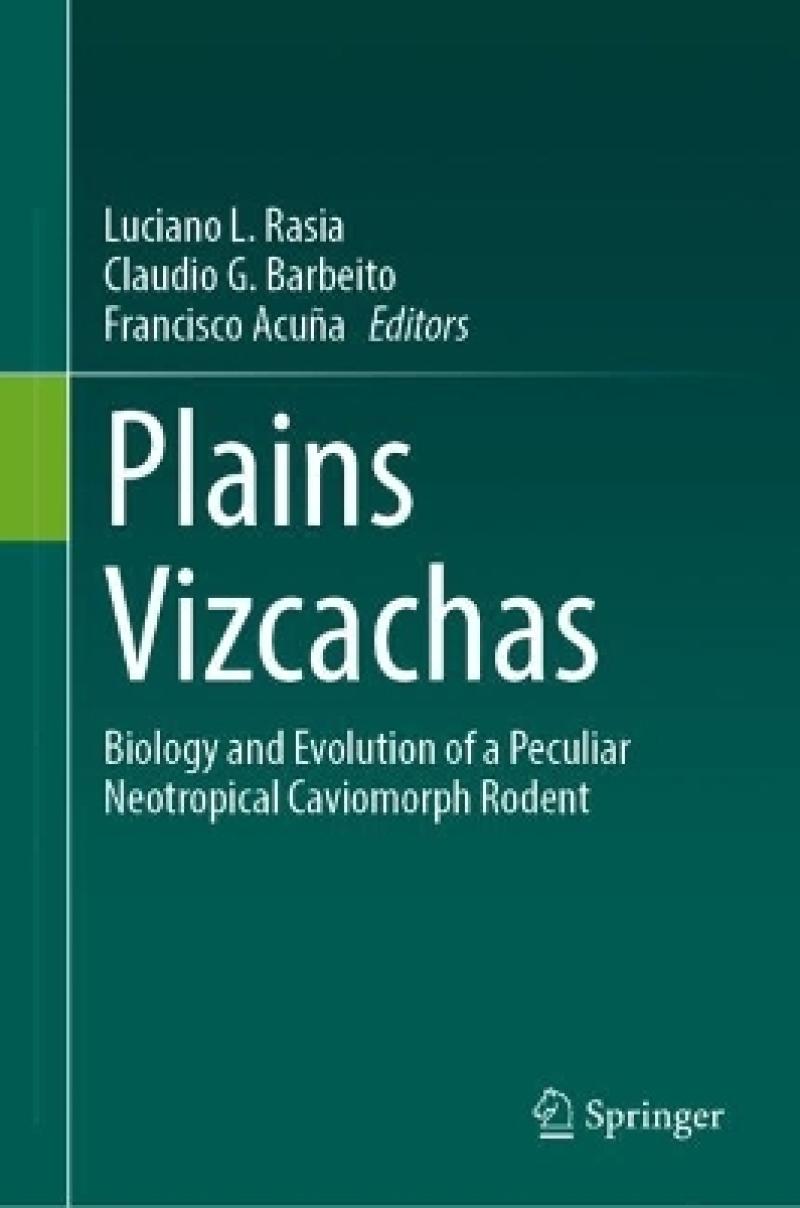Produktdetaljer
Biographical note
Luciano Luis Rasia is a PhD in Natural Sciences. He is Assistant Researcher of CONICET (National Scientific and Technical Research Council) since 2019, working at the Vertebrate Paleontology Division of the Museo de La Plata, Argentina. He is a vertebrate paleontologist specialized in caviomorph rodents. In his PhD dissertation he studied the extinct chinchillids of Argentina. Now he is working mainly with extinct chinchillioids, with focus in the evolution, paleoecology, paleobiogeography and biostratigraphy of the group. He has collaborated in the study of many Cenozoic faunas of Argentina. He has been teaching Compared Anatomy at the Faculty of Natural Sciences (FCNYM - UNLP) since 2011.
Claudio Gustavo Barbeito is a PhD in Veterinary Sciences. He is Principal Researcher of CONICET (National Scientific and Technical Research Council), and his research focuses on the placenta and comparative placentation at the Laboratory of Histology and Descriptive, Experimental and Comparative Embryology, Faculty of Veterinary Sciences, National University of La Plata (FCV-UNLP). He is a Full Professor in Histology, Cellular Biology, Developmental Biology and General Pathology at FCV-UNLP.
Francisco Acuña is a PhD in Veterinary Sciences. He is Assistant Researcher of CONICET (National Scientific and Technical Research Council), and his research focuses on reproductive and developmental biology at the Laboratory of Histology and Descriptive, Experimental and Comparative Embryology, Faculty of Veterinary Sciences, National University of La Plata (FCV-UNLP). He teaches Histology, Cellular Biology, Developmental Biology, and General Pathology at FCV-UNLP.